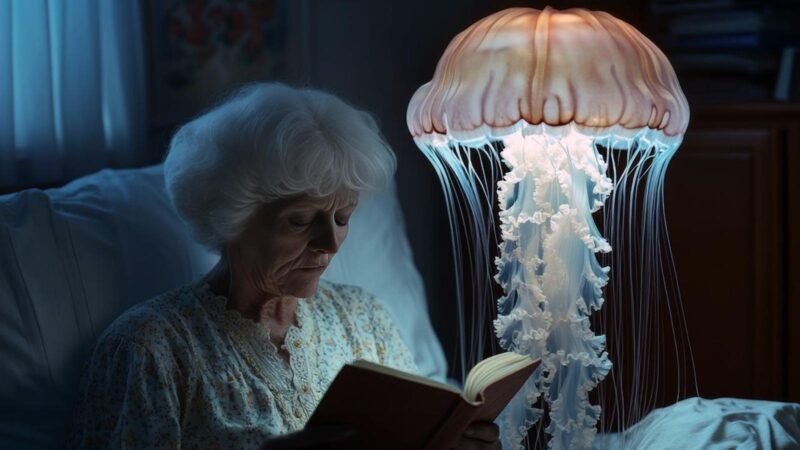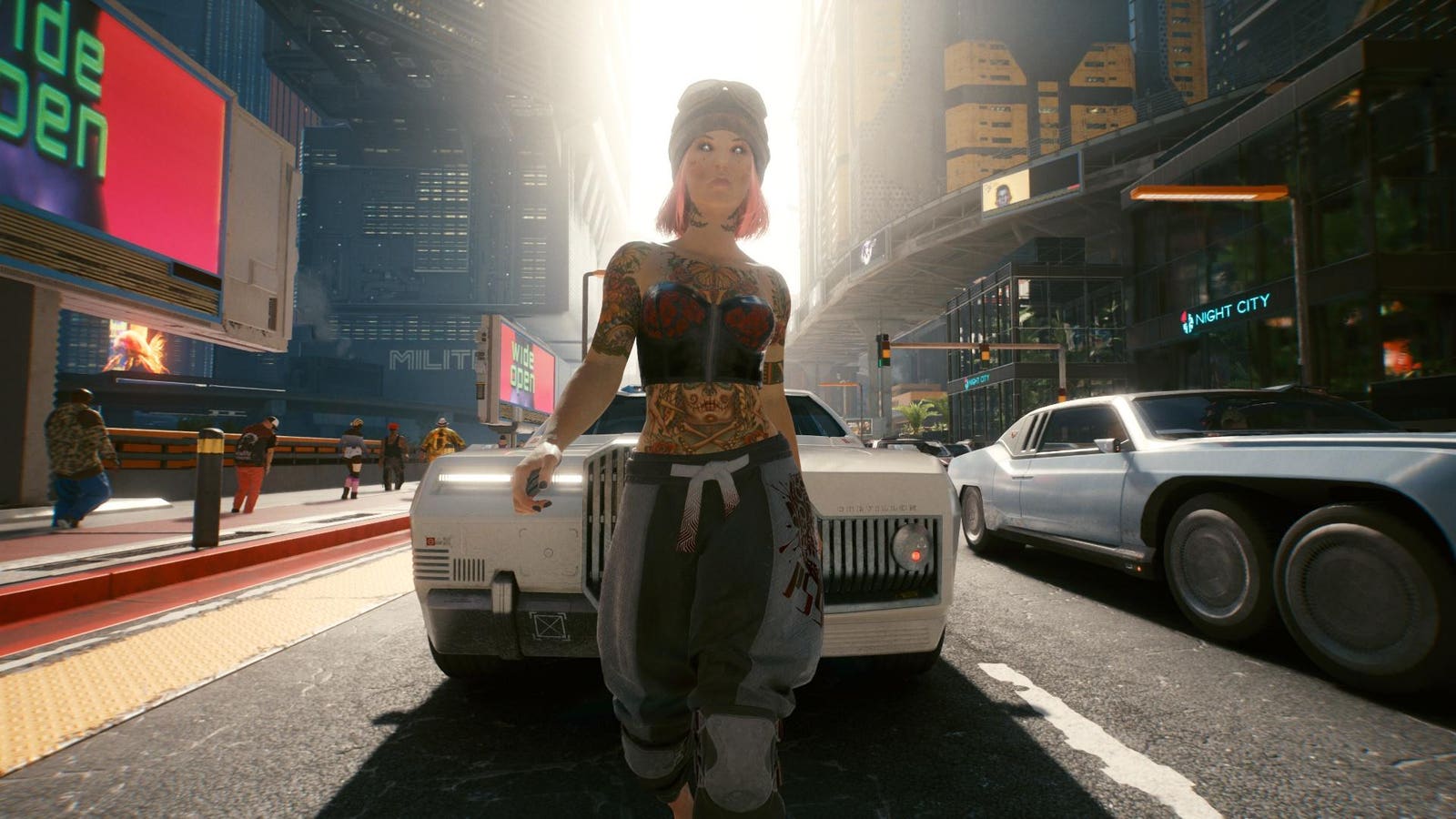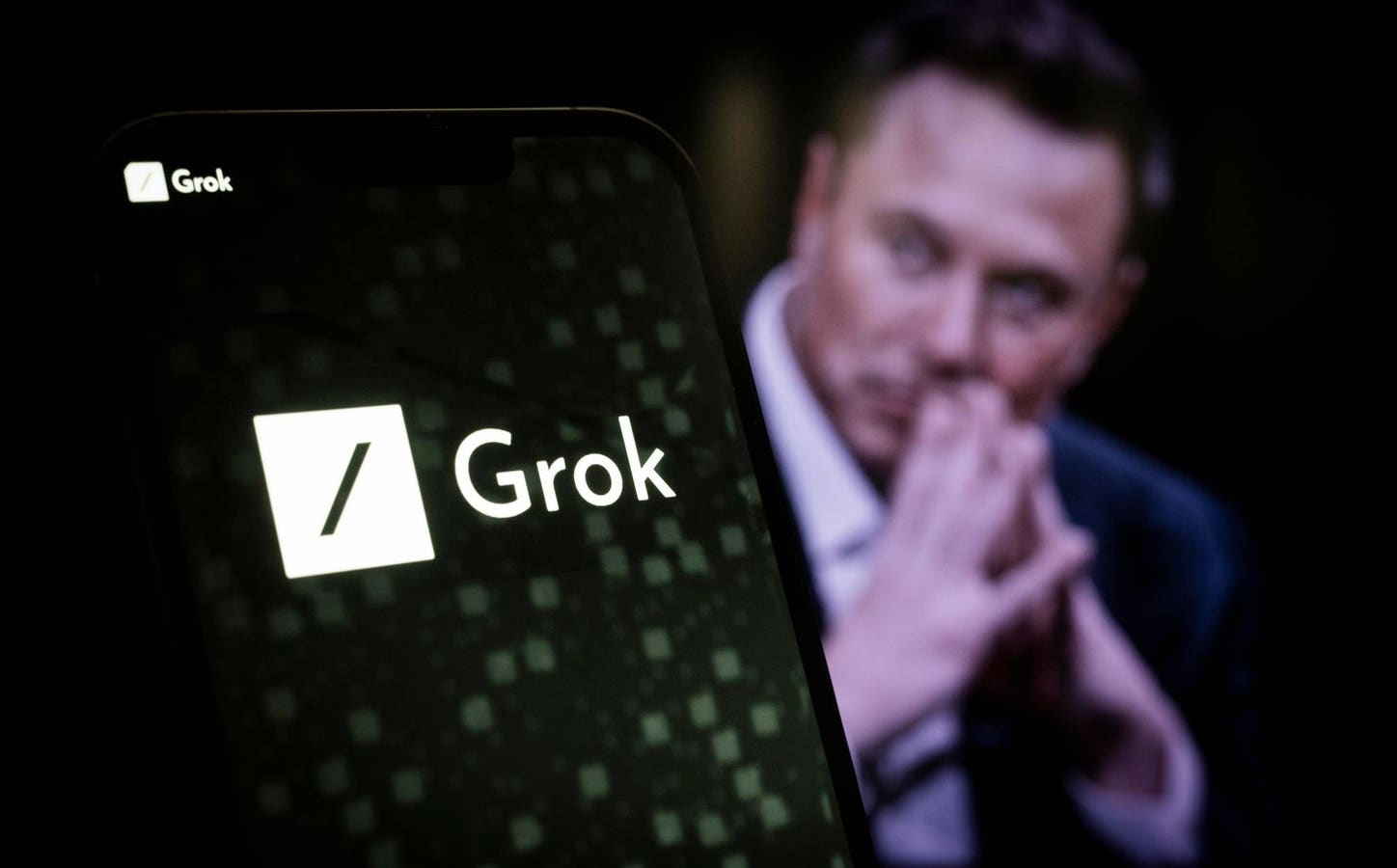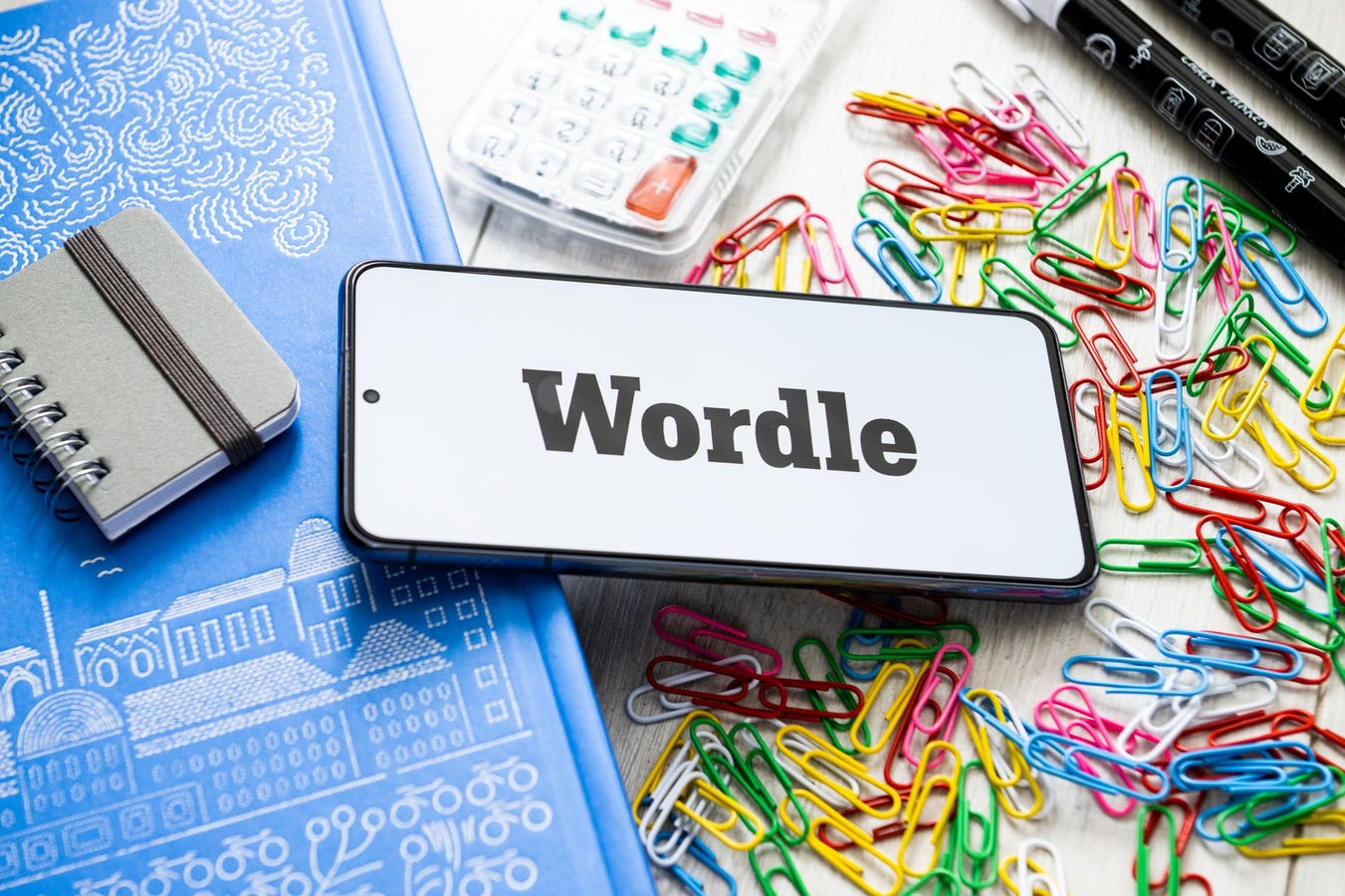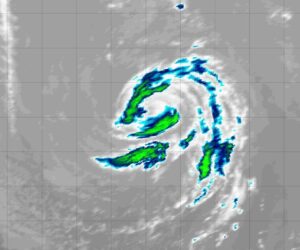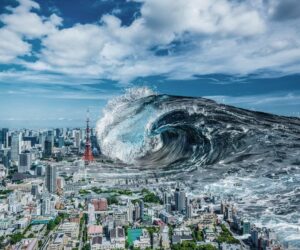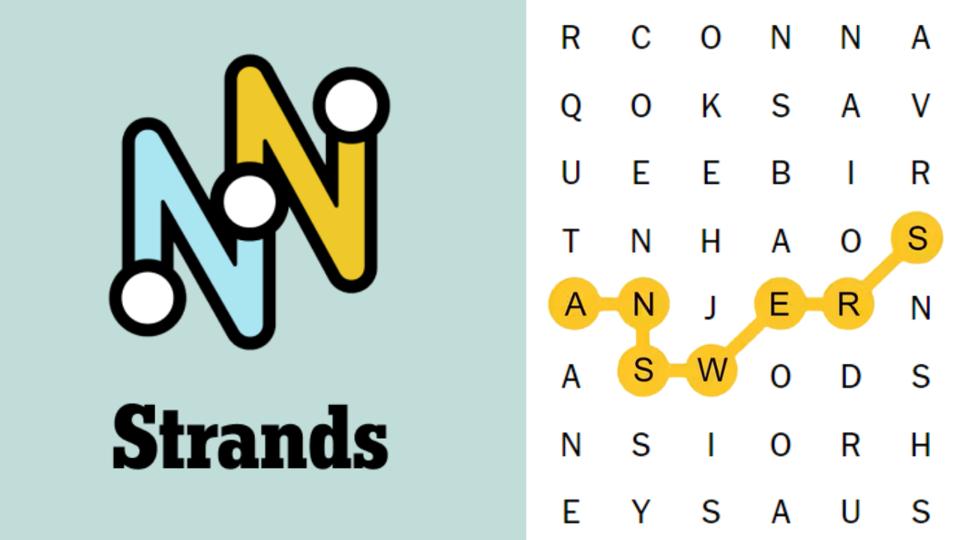In “Another England,” photographer Phillip Toledano uses AI-generated images to illustrate “what might have happened, what could happen and what will never happen.”
Phillip Toledano / Another England / Courtesy of L’Artiere
For seven years during the 1980s, bioluminescent jellyfish replaced lightbulbs in a little town in Devonshire, England. The incandescent creatures hung from streetlamps and illuminated the pages of books as residents read in bed before falling asleep. It was a magical time in Latchford: The light was soft and constant, the crime rate fell and tourists flocked to “the glowing village.”
In his new book Another England, London-born conceptual artist Phillip Toledano presents otherworldly images of this unusual phenomenon. The thing is, it never happened. Nor did the other wild apocryphal scenarios he concocts using AI to reimagine England in the 1980s — the miniature ice age that turned country cows and cottages into giant frozen blocks, for example, or the flower show that caused a “floral mutation outbreak,” replacing villagers’ heads with hydrangea clusters and sprouting leaves on their necks.
Have Deepfakes Killed Our Trust In Photos?
Toledano didn’t reinvent England’s landscapes solely as an exercise in creative whimsy. With Another England, he wants to underscore the idea that our long relationship with the photograph as a vessel of truth is eroding as artificial intelligence makes it simple to produce increasingly realistic fake images that can easily be mistaken for fact, sometimes with serious consequences. In his view, the notion of being able to trust that photos represent reality is dead.
“Because AI exists, everything is true and nothing is true simultaneously,” Toledano said in an interview from New York, where he has lived for more than 30 years. “There’s this incredibly powerful technology that can invent history on the fly.”
Another fake historical event in the book: In 1985, the Dover Harbour Board hired sculptors to carve Margaret Thatcher’s face into the White Cliffs of Dover.
Phillip Toledano / Another England / Courtesy of L’Artiere
Play Puzzles & Games on Forbes
Toledano worked as an advertising art director for a decade before returning to his true passion, photography, and his pictures have appeared in publications including Esquire, GQ, The New Yorker and Vanity Fair. About four years ago, he began experimenting with AI image generators, mainly Midjourney, which he used to create the absurdist images in Another England, pairing the visuals with stories of his own invention.
In describing his creative process, he echoes other artists who view their collaboration with AI as a team effort between human and algorithm.
“AI is about honing and whittling, so an image will take anywhere from a couple of days to a week or two before I’m really, really happy with it,” said Toledano, who gives AI an author credit. “Images and words by Phillip Toledano and AI,” reads a introduction to the 64-page book.
A waterslide in a cathedral? “With industry collapsing and miners’ strikes looming, the logic was simple: If you couldn’t export coal, you could at least sell nostalgia.”
Phillip Toledano / Another England / Courtesy of L’Artiere
In it, AI’s surreal imprint is easy to spot in images of a scarecrow wielding a lawnmower, a fox standing upright atop a burning car and a highway slicing Stonehenge in two. Even so, the visuals have an almost quaint charm.
“This book is a very nostalgic effort to recreate an England that I grew up in in the 1980s, kind of an echo of a memory,” Toledano said. “But the unifying idea is this idea of reinvented history. We live in this kind of liminal state where we’re never really quite sure: Is this real? Is this not real?”
Such musings get at serious questions about our era of disinformation and digital deception, though many of the images in the book are humorous, as is the fake history they conjure.
In one fake tale, the English Tourist Authority placed inflatable wildlife throughout the countryside so visitors could get perfect vacation photos.
Phillip Toledano / Another England / Courtesy of L’Artiere
In one historical tall tale, the English Tourist Authority placed inflatable wildlife throughout the countryside so visitors could get perfect vacation photos without having to deal with uncooperative wildlife. Another fabrication veers into science fiction territory: A Cambridge start-up offered “selective mammalian merging” that allowed people to embody their pets’ traits simply by submitting a DNA sample. Suddenly, women are wandering the countryside, part human, part fluffy canine.
“I’m English and you know how hilarious English people are,” Toldeno joked of the absurdity running through the book.
Another England marks the second installment in Toledano’s historical surrealism series. Another America, from 2023, reimagined New York City of the 1940s and 1950s, complete with Zeppelins hovering between skyscrapers, women with smoke and fire rising from their heads and men buried up to their shoulders in showdrifts.
‘Utter Drivel,’ And Also ‘Fantastic’
The books publish as AI continues to deeply divide the creative world. Some artists, Toledano among them, are excited about its potential to steer them in bold new directions. Others worry about their work being used to train AI datasets without credit or compensation. They fear it will impact their livelihoods, and even alter creativity itself.
It’s unsurprising, then, that Toledano has encountered pushback to his AI work, with comments like “AI slop,” “utter drivel” and “desolate stuff” appearing on his Instagram posts. “As Vince Gilligan said, ‘AI is the world’s most expensive and energy-intensive plagiarism machine,” U.K. portrait photographer Harry Borden wrote in response to one of them.
But others, like New York creative director Eric Lau, praise the work. “Love it,” Lau wrote. “Great PoV and love that you are pushing new boundaries.” Wrote photographer Amy Selwyn, “Looks fantastic.”
For Toledano, that mix of criticism and enthusiasm only reinforces what draws him to the medium in the first place.
“AI is the ultimate blank sheet of paper, and that’s incredibly exciting,” he said. “It will go as far as you want to go. It’s boundless. It’s limitless.”
Why does this guy have hydrangeas for a head in this AI-generated image? Blame the fake “floral mutation outbreak” that struck an English village.
Phillip Toledano / Another England / Courtesy of L’Artiere
Another image of bioluminescent jellyfish from Phillip Toledano’s book underscoring his idea that trust in photography as truth is dead because of AI.
Phillip Toledano / Another England / Courtesy of L’Artiere

